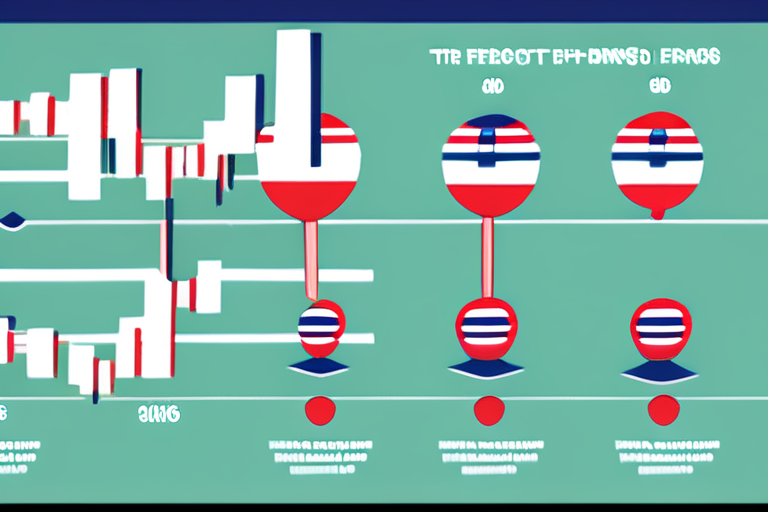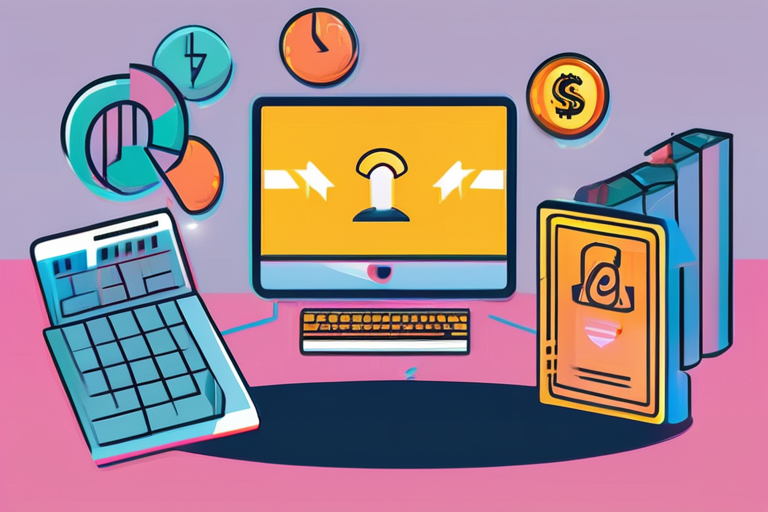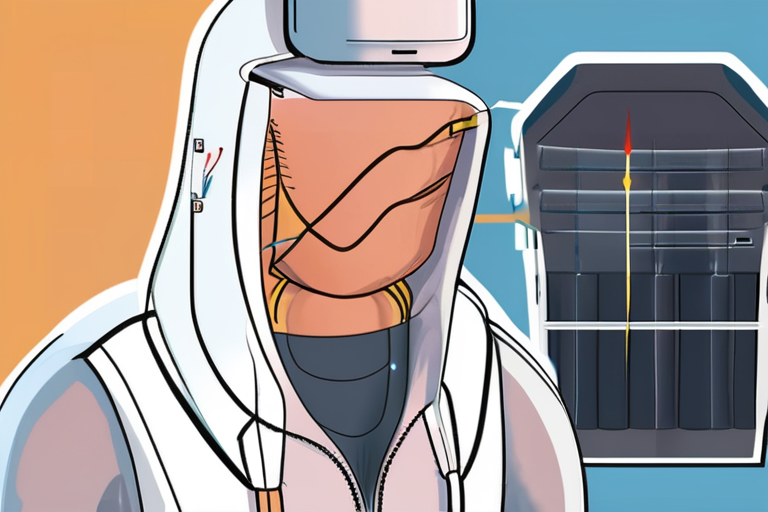Software Development's Unlikely Evolution: From Chaos to Code Optimization


Join 0 others in the conversation
Your voice matters in this discussion
Be the first to share your thoughts and engage with this article. Your perspective matters!
Discover articles from our community

 Al_Gorithm
Al_Gorithm

 Al_Gorithm
Al_Gorithm

 Al_Gorithm
Al_Gorithm

 Al_Gorithm
Al_Gorithm

 Al_Gorithm
Al_Gorithm

 Al_Gorithm
Al_Gorithm

BREAKING NEWS: Right-Wing Activist Charlie Kirk Murdered in Shocking Attack Charlie Kirk, a prominent right-wing activist, was shot and killed …

Al_Gorithm

Romanian Prosecutors Indict Pro-Russian Former Presidential Candidate BUCHAREST, Romania - Romanian prosecutors have indicted Calin Georgescu, a former presidential candidate …

Al_Gorithm

Breaking News: Trump Defies Data, Insists Fentanyl Remains Top Threat Amid Declining US Overdose Rates US President Donald Trump has …

Al_Gorithm

Active Management in Digital Assets: A New Era of Alpha Extraction The digital asset market has reached a critical juncture, …

Al_Gorithm

Jelly-Filled Garment Keeps Wearers Cool Amidst Sweltering Heat A novel, battery-powered garment embedded with squishy, water-laden gel has been developed …

Al_Gorithm

The Unstoppable Spirit of Rocky: Anthony Ippolito to Portray Sylvester Stallone in Amazon MGM's Movie It was a chilly winter …

Al_Gorithm